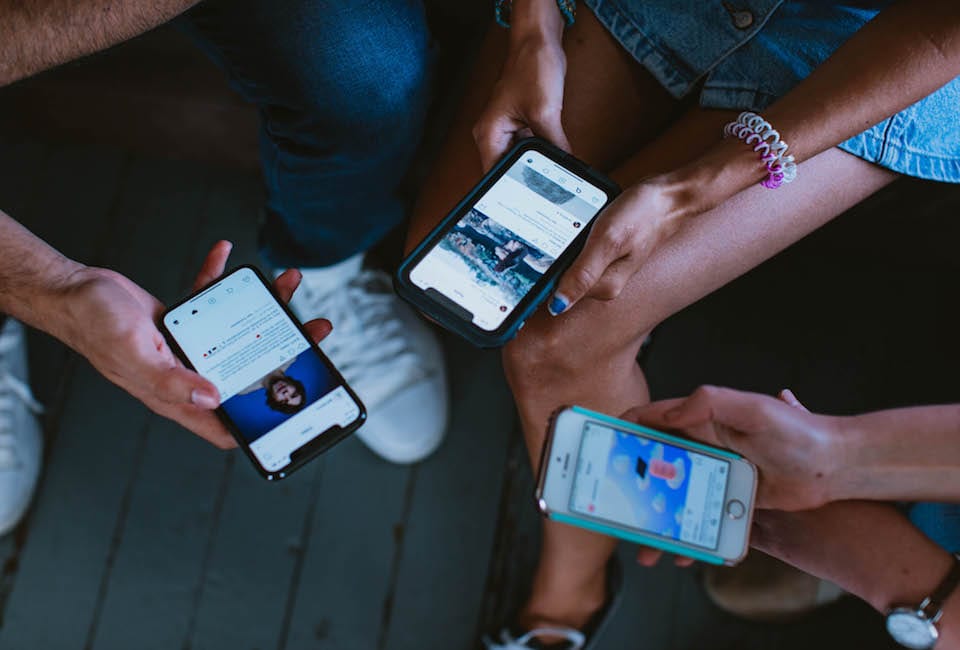With the Cannes festival wrapping up last month, we thought it a good a time as any to do a wrap up of the most disruptive brands in the digital space. Some were honored with a Cannes Lion, some were mined from Dunn Digital’s daily explore of the Explore page. Both incredible accolades. Enjoy!
Go Back to Africa – Black & Abroad
This campaign had me ooo-ing and ahh-ing over the message, the strategy, and the execution. To explain, Black & Abroad set out to reclaim the phrase “Go back to Africa” by turning the racial slur into an uplifting call to action. To do this, there were two problems to tackle. One: change the misperception that Africa is a dangerous, undesirable destination. And two: increase the representation of Black travelers in commercial travel imagery.
The campaign was built of multiple components, including a custom-built algorithm to narrow the vast archive of travel photography on social media, and create a pool of aspirational black travel images. Next, they hijacked hateful uses of the phrase “Go back to Africa” as they happened on Twitter, redacted the racist context, then used them as headlines for targeted ads. The ads directed to GoBackToAfrica.com, which contains 54 growing galleries, organized by African country, and built with the purpose of showing members of the Black community traveling in Africa. The brand was successful in establishing a positive counterpoint that exists in the same space where the hate is happening: 89% of their audience said the campaign reduced hate from the term “go back to Africa,” and the brand saw 60% increase in booking interest for Black & Abroad’s upcoming Africa trips. Nice.
I Love My Balls – Liga Contra el Cáncer
A social campaign that’s humorous and effective? Sign me up. Based in Peru, the Liga Contra el Cáncer (League Against Cancer)’s “I Love My Balls” campaign managed to gain over 2.5 million social interactions with zero budget. How? They took an accessible and recognizable Instagram emoji, and flipped it upside down.


Credit: The Work / Liga Contra el Cáncer
Using the emoji and hashtag #AmoMisBolas (#ILoveMyBalls), the campaign sparked participation from influencers, politicians, celebrities and athletes to gain $2 million in free press – and even better, save five lives. The campaign increased clinic check-ups by 1,800% in just one month, and managed to forever change my view of the emoji.
@takearecess — Recess
No groundbreaking campaign here. Just a beautifully done Instagram aesthetic – which can be just as effective! Outside of their sunrise-colored gradients, Recess’s Instagram always manages to keep me entertained with their original, relevant and creative posts. As a social media user who rarely ever follows brands on Instagram, I’m hooked on Recess! Pay no mind to the fact that an 8-pack of this X-infused sparkling water is $39.99. It’s pretty, okay?! Plus, if I buy it, I can take some cute selfies!

Dalí Lives – The Dali Museum
I’m constantly amazed by new discoveries and ways to use Digital technology – especially when it changes the way we experience human life. Although the idea of using AI as a means of immortality is nothing new (after all, Tupac performed at Coachella back in 2012), there’s a special spark when these innovations are happening in your own backyard.
On the 30th anniversary of Salvador Dalí’s death, the Dali Museum in St. Petersburg brought him back using artificial intelligence, allowing visitors to meet with and get to know Dalí personally. To create his likeness, the team analyzed over 6,000 frames of footage and put them through over 1,000 hours of machine learning. They re-created Dalí’ss collected over 35 years. For the first time, visitors could hear about the art from the artist himself! In addition to visitors getting face to face with the master, the experience surprised users in persona using his own words and voice, extracted from interviews, books and handwritten letter unique ways, like Dalí opening an umbrella if it started to rain, and reading the local newspaper—updated daily to reproduce each day’s cover. And as visitors made their way out, Dalí took selfies with them and sent them via text so they could share on social. In total, 125 interactive videos were created, with 190,512 possible combinations, so every user could have a different experience.

Credit: The Work / The Dalí Museum

